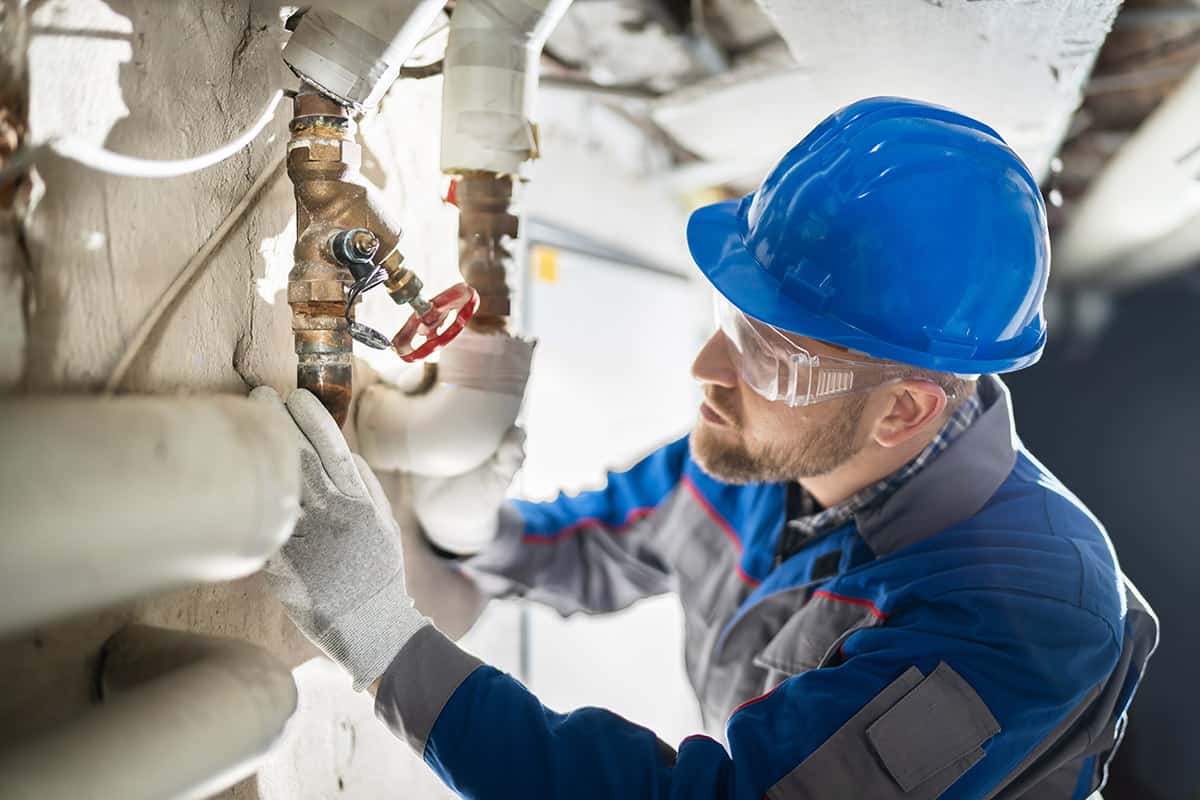
Image Source: Google
Water damage can be a nightmare for homeowners. Whether it's from a burst pipe, a leaky roof, or a natural disaster, dealing with the aftermath can be overwhelming. However, with the right approach, you can minimize the damage and get your home back to normal quickly. Here are five essential tips to help you with water damage cleanup:
1. Safety First
Before you start cleaning up water damage, it's important to ensure your safety and the safety of your family. Here are some safety tips to keep in mind:
- Turn off the power in the affected area to prevent electrical hazards.
- Wear rubber boots and gloves to protect yourself from potential contaminants in the water.
- If the water damage is extensive, consider hiring professionals to handle the cleanup.
2. Remove Water and Moisture
The key to preventing further damage and mold growth is to remove standing water and moisture as quickly as possible. Here's what you can do:
- Use a wet-dry vacuum to remove standing water from floors, carpets, and other surfaces.
- Open windows and doors to promote air circulation and help dry out the affected area.
- Use fans and dehumidifiers to speed up the drying process.
- Remove wet carpets, rugs, and furniture to prevent mold growth.
3. Clean and Disinfect
After removing the water, it's important to clean and disinfect the affected area to prevent mold and bacteria growth. Here's what you should do:
- Use a mixture of water and mild detergent to clean walls, floors, and other surfaces.
- Disinfect the area using a solution of water and bleach or a commercial disinfectant.
- Steam clean carpets and upholstery to remove any lingering moisture and contaminants.
- Inspect and clean ductwork and HVAC systems to prevent mold growth.
4. Inspect for Damage
Water damage can cause structural issues and other problems that may not be immediately visible. It's important to thoroughly inspect the affected area for damage. Here's what to look for:
- Check for warped or damaged wood, drywall, and other building materials.
- Inspect electrical systems for water damage and potential hazards.
- Look for signs of mold growth, such as musty odors or discolored walls.
- If you suspect structural damage, consult with a professional contractor for repairs.
5. Prevent Future Water Damage
Once you've cleaned up the water damage, it's important to take steps to prevent future incidents. Here are some tips to help you prevent water damage in the future:
- Regularly inspect and maintain your plumbing system to prevent leaks and bursts.
- Ensure your roof is in good condition and repair any damage promptly.
- Install a sump pump in basements or crawl spaces to prevent flooding.
- Keep gutters and downspouts clean and free of debris to prevent water buildup.
- Consider installing a water leak detection system to alert you to potential leaks early.
Conclusion
Dealing with water damage can be a stressful and challenging task, but following these essential tips can help you navigate the cleanup process effectively. Remember to prioritize safety, remove water and moisture promptly, clean and disinfect thoroughly, inspect for hidden damage, and take steps to prevent future water damage. By taking proactive measures and seeking professional help when needed, you can restore your home and protect it from water damage in the future.